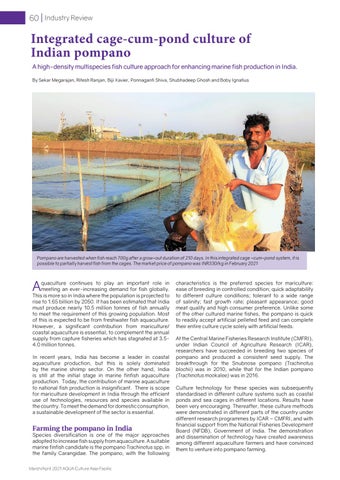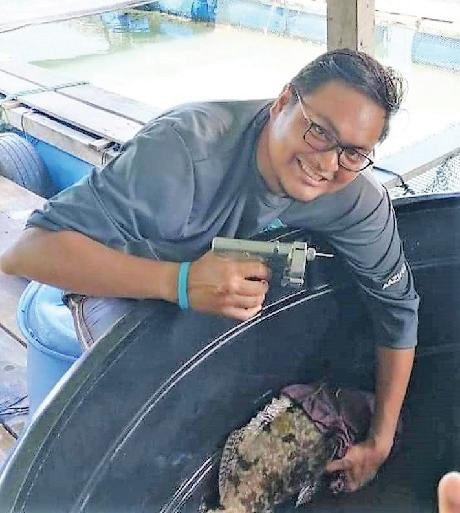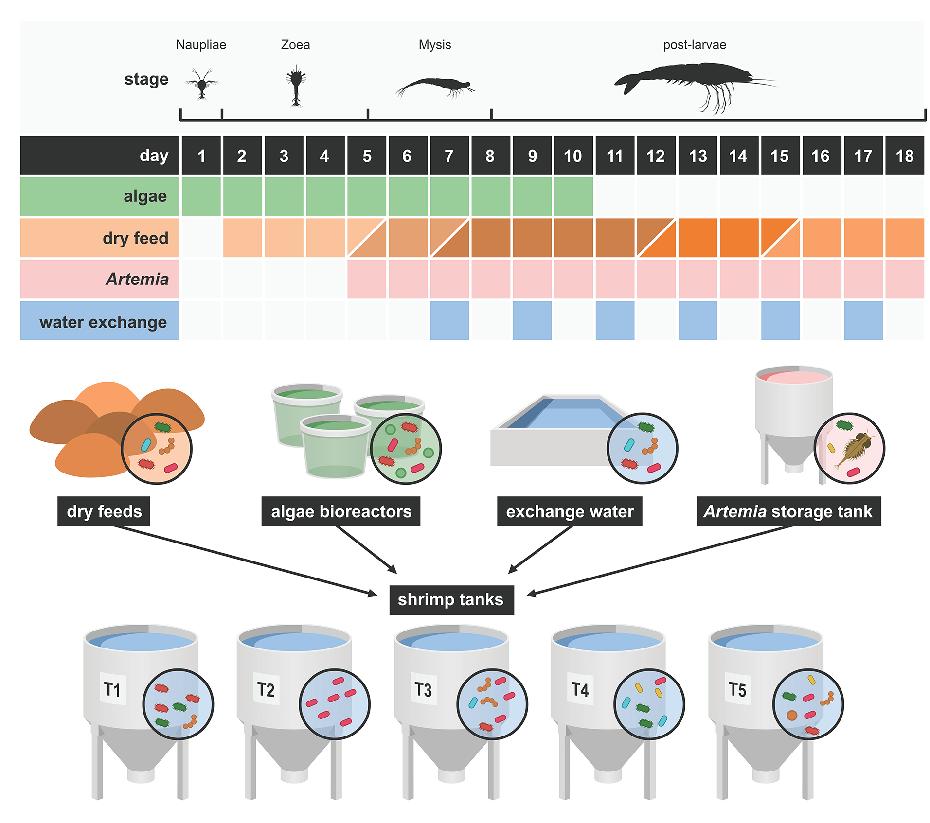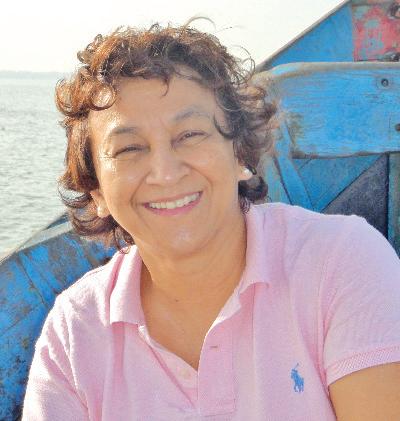60 Industry Review
Integrated cage-cum-pond culture of Indian pompano A high-density multispecies fish culture approach for enhancing marine fish production in India. By Sekar Megarajan, Ritesh Ranjan, Biji Xavier, Ponnaganti Shiva, Shubhadeep Ghosh and Boby Ignatius
Pompano are harvested when fish reach 700g after a grow-out duration of 210 days. In this integrated cage -cum-pond system, it is possible to partially harvest fish from the cages. The market price of pompano was INR330/kg in February 2021
A
quaculture continues to play an important role in meeting an ever-increasing demand for fish globally. This is more so in India where the population is projected to rise to 1.65 billion by 2050. It has been estimated that India must produce nearly 10.5 million tonnes of fish annually to meet the requirement of this growing population. Most of this is expected to be from freshwater fish aquaculture. However, a significant contribution from mariculture/ coastal aquaculture is essential, to complement the annual supply from capture fisheries which has stagnated at 3.54.0 million tonnes. In recent years, India has become a leader in coastal aquaculture production, but this is solely dominated by the marine shrimp sector. On the other hand, India is still at the initial stage in marine finfish aquaculture production. Today, the contribution of marine aquaculture to national fish production is insignificant. There is scope for mariculture development in India through the efficient use of technologies, resources and species available in the country. To meet the demand for domestic consumption, a sustainable development of the sector is essential.
Farming the pompano in India
Species diversification is one of the major approaches adopted to increase fish supply from aquaculture. A suitable marine finfish candidate is the pompano Trachinotus spp, in the family Carangidae. The pompano, with the following March/April 2021 AQUA Culture Asia Pacific
characteristics is the preferred species for mariculture: ease of breeding in controlled condition; quick adaptability to different culture conditions; tolerant to a wide range of salinity; fast growth rate; pleasant appearance; good meat quality and high consumer preference. Unlike some of the other cultured marine fishes, the pompano is quick to readily accept artificial pelleted feed and can complete their entire culture cycle solely with artificial feeds. At the Central Marine Fisheries Research Institute (CMFRI), under Indian Council of Agriculture Research (ICAR), researchers have succeeded in breeding two species of pompano and produced a consistent seed supply. The breakthrough for the Snubnose pompano (Trachinotus blochii) was in 2010, while that for the Indian pompano (Trachinotus mookalee) was in 2016. Culture technology for these species was subsequently standardised in different culture systems such as coastal ponds and sea cages in different locations. Results have been very encouraging. Thereafter, these culture methods were demonstrated in different parts of the country under different research programmes by ICAR – CMFRI, and with financial support from the National Fisheries Development Board (NFDB), Government of India. The demonstration and dissemination of technology have created awareness among different aquaculture farmers and have convinced them to venture into pompano farming.









